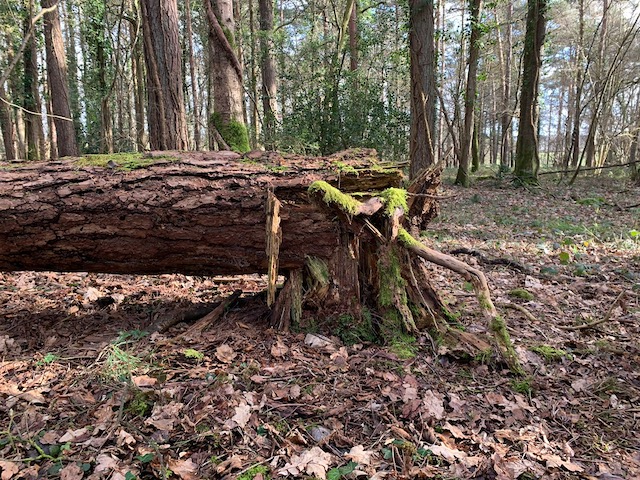It’s the first thing we do at Hazel Hill Wood. Light the fire for everyone else. A clutch of tiny twigs, a handful of finger-thick branches, and some small logs. I can do this because other have prepared the materials.
A year ago someone felled a tree and cut its trunk into lengths that fit the stove. Others took these logs and arranged them into seasoning stacks in the forest, where for a year or so they lose their moisture. More people have transferred the partially seasoned timber to the wood stores, where they get bone dry. Finally, someone has filled the baskets with twigs, branches and logs so that I can light it this morning.
When the room is warm I meet people, and we talk amongst other things about how to manage the forest that provides us with this renewable source of fuel.
There’s lots that I like about this human-natural system. Every stage is visible, which makes me much more aware of where the things I use come from. The stock levels in each of the stages are easy to monitor, providing me with feedback about how the system is operating.
I like the long time frame. We have to make decisions now about how many trees to fell in order to meet demand in two to three years. Over an even longer time frame, we need to think about how to manage the forest to ensure there is sufficient regrowth to provide firewood in thirty years time.
Rather than destructive, this process of carefully felling trees seems to create life: making openings in the forest canopy that form new habitats for plants, for invertebrates and the animals and birds that live on them.
Most importantly for me, it is a brilliant example of how we can manage human-natural systems that regenerate to meet our needs with little more than the energy of the sun.
When I start by lighting the fire, I am engaged with this human-natural system. It primes me to think, what work do I need to put into the system today to ensure it continues to regenerate.
Photo credit: Joseph Watts


Leave a Reply